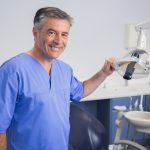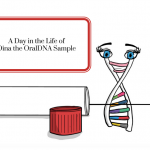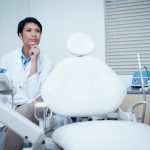
In December 2016 researchers from Johns Hopkins University published a study in Science Translational Medicine indicating an identified link between periodontal disease and rheumatoid arthritis (RA). It would perhaps be more accurate to indicate that rather than periodontal disease being the causative agent, the perio pathogen Aggregatibacter Actinomycetemcomitans (A.a.) was found to be involved. The link between A.a. and RA involves a process called citrullination; which is the conversion o...
Read More









